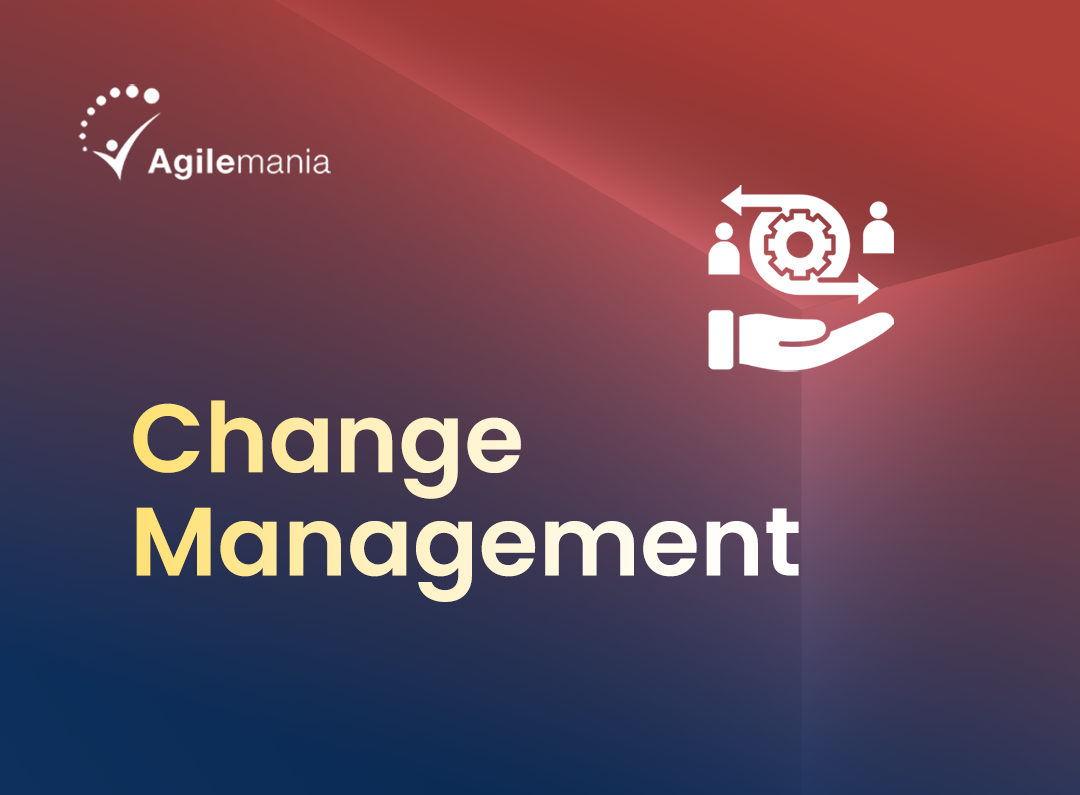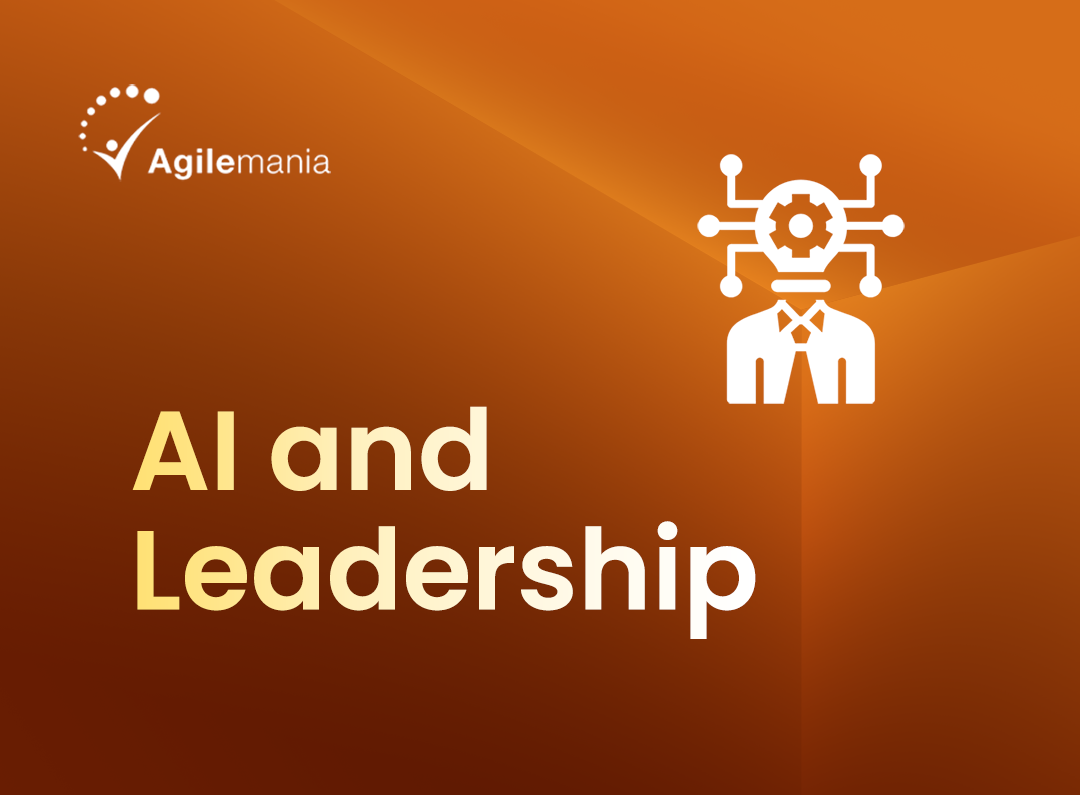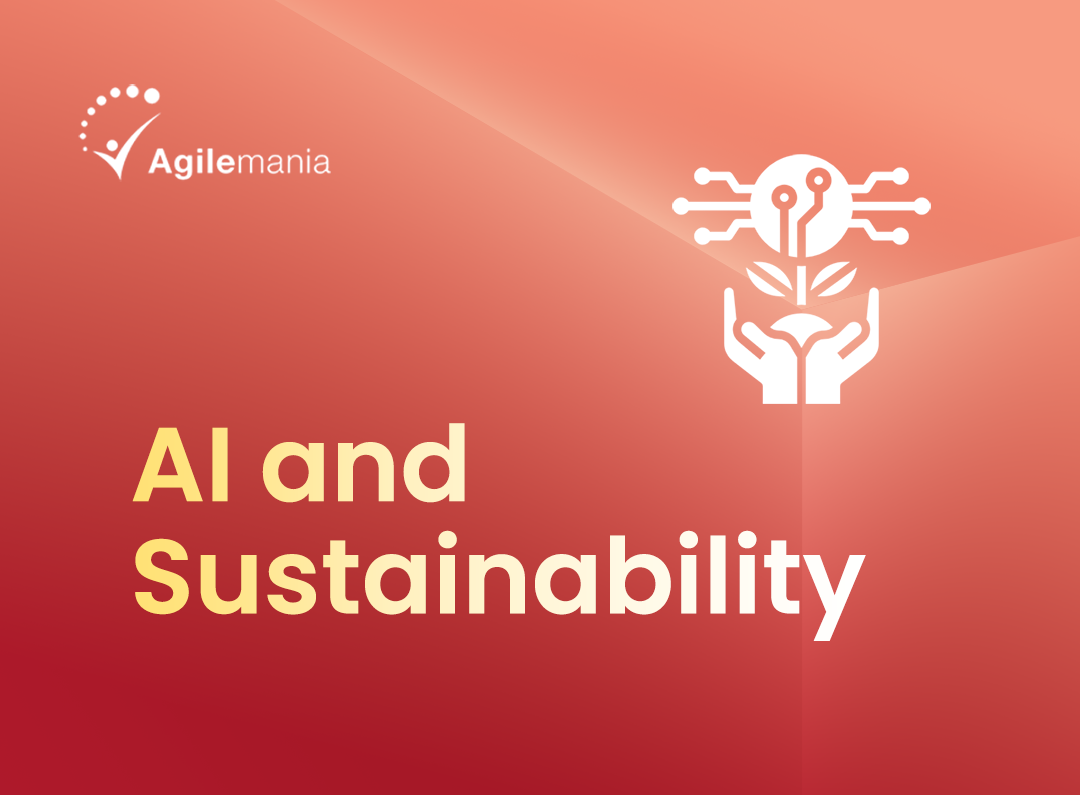Table of contents
-
What Is the Product Life Cycle?
-
How the Product Life Cycle Works
-
Stages in the Product Life Cycle
-
Importance of a product life cycle
-
Drawbacks of Using the Product Life Cycle
-
Product life cycle examples
The journey of a product in the market is never static. From its initial concept to eventual decline, every product goes through a series of phases collectively known as the Product Life Cycle (PLC). Understanding these stages can provide businesses with valuable insights into marketing, pricing, and overall strategy.
In this blog post, we'll explore what the Product Life Cycle is, how it works, the different stages, and some real-world examples to illustrate its importance.
What Is the Product Life Cycle?
The Product Life Cycle refers to the stages a product passes through from its inception until it’s discontinued. This concept, introduced by economist Theodore Levitt in 1965, helps companies strategize at every stage of their product’s journey. The life cycle generally includes five stages:
-
Development
-
Introduction
-
Growth
-
Maturity
-
Decline
Each stage offers unique challenges and opportunities, influencing everything from marketing tactics to business decisions.
How the Product Life Cycle Works
The Product Life Cycle is a vital tool for businesses, offering a blueprint for decision-making. It helps companies identify the best marketing strategies, pricing models, and growth opportunities based on where their product is in the cycle.
For example, during the introduction stage, a company may focus on building product awareness through extensive marketing campaigns, while the maturity stage may require a focus on differentiation as competition intensifies.
The Product Life Cycle isn’t just for marketing teams—it plays a crucial role for product managers and product developers too. Understanding where a product is on the curve allows for decisions on pricing, product updates, and even expansion into new markets.
Kickstart Your Scrum Product Owner Journey with Certified Scrum Product Owner® (CSPO®) Certification
Earn your CSPO® certification and gain the skills to manage Scrum teams effectively. Join the course to unlock your potential!
Enroll Now
5 Stages in the Product Life Cycle
Let’s take a deeper dive into each of the five stages and what they entail.
1. Development Stage
In this initial phase, the product is still a concept. Costs are high, as research, testing, and design are the primary focus, but there are no profits yet. Product development often involves:
-
Concept testing with real users
-
Prototype creation for investors
-
Market validation to identify customer interest
The primary goal is to ensure that there is a demand for the product and to secure funding for further development.
2. Introduction Stage
Once the product hits the market, the introduction stage begins. This is when awareness is key, and marketing campaigns are heavily focused on getting the word out. Costs remain high due to marketing and distribution, but sales are generally slow. Tips for success during this stage include:
-
Extensive marketing campaigns to boost visibility
-
Engaging early adopters who will advocate for your product
-
Fine-tuning campaigns based on early feedback
3. Growth Stage
If the product gains traction, it enters the growth stage. Sales begin to accelerate, competitors may emerge, and businesses typically expand their distribution channels. Marketing efforts shift from awareness to brand differentiation. During this phase, companies often:
-
Gather and act on customer feedback to refine their product
-
Scale up production and marketing efforts
-
Adapt their strategies to stay ahead of competitors
4. Maturity Stage
In the maturity stage, the product has reached peak market penetration, and sales begin to level off. Although profits may be steady, this stage presents challenges like market saturation and increasing competition. Key strategies for this stage include:
-
Cost-cutting to maintain profitability
-
Continued innovation to keep the product relevant
-
Strengthening customer relationships to foster loyalty
5. Decline Stage
Eventually, most products will reach the decline stage, where sales dwindle, and competition or market shifts render the product obsolete. Companies may choose to:
-
Discontinue the product
-
Rebrand or innovate to extend its life
-
Enter new markets or categories
Products that can’t differentiate or adapt are usually phased out in favor of newer innovations.
Get Certified in ICAgile Product Management Certification (ICP-PDM) Training
Earn your ICP-PDM certification and master the tools needed for strategic product positioning, discovery, and delivery. Start your journey today!
Register Today!
Drawbacks of Using the Product Life Cycle
While the Product Life Cycle is a valuable framework, it’s not without its limitations:
-
Not all products follow the same path. Some products may skip stages or move through them at different speeds.
-
Predicting transitions can be difficult. Moving from one stage to another is not always clear-cut, making it hard to time strategic changes.
-
Overemphasis on stages can lead to missed opportunities. Relying solely on the cycle can result in missed chances for innovation or market expansion outside the expected timeline.
Product Life Cycle Examples
To better understand how the Product Life Cycle works, let’s look at a few real-world examples.
1. The iPhone
-
Development: In 2007, Apple introduced the first iPhone, revolutionizing the smartphone market. High marketing costs were required to educate consumers about the new product. Limited initial sales were due to the high price and skepticism about the new technology.
-
Growth: From 2008 to 2011, the iPhone experienced a rapid increase in sales as consumers embraced the concept. The introduction of the App Store expanded the iPhone's functionality, leading to the emergence of competing smartphones from other manufacturers.
-
Maturity: Since 2012, the iPhone has been the leading player in the smartphone market. It releases new models annually with incremental improvements to stay ahead in the market, despite facing strong competition from Android devices and other manufacturers. As a result, Apple has seen high profitability, with the iPhone becoming its main source of revenue.
-
Decline: While the iPhone hasn't entered a true decline phase yet, Apple continues to innovate and diversify its product line to prepare for potential market saturation or technological shifts
2. Typewriters
-
Development: In the late 1800s, the first commercial typewriter was introduced.
-
Growth: Typewriters gained popularity, becoming essential in offices.
-
Maturity: By the mid-20th century, the market was saturated with different brands.
-
Decline: The invention of computers led to the rapid decline of typewriters.
3. VCRs
-
Development: VCR technology was introduced in the 1950s.
-
Growth: By the 1980s, VCRs were a household staple.
-
Maturity: In the early 2000s, VCRs reached market saturation.
-
Decline: DVD and streaming technologies led to the VCR’s downfall.
4. Electric Vehicles (EVs)
-
Development: EVs first emerged in the early 1800s but struggled with widespread adoption.
-
Growth: Today, with advancements in technology and a focus on sustainability, EVs are in the growth stage.
-
Maturity: The market for EVs is still expanding, with no clear signs of reaching maturity yet.
Conclusion
The Product Life Cycle offers businesses a roadmap to navigate the different phases a product experiences in the market. By understanding the life cycle stages—development, introduction, growth, maturity, and decline—companies can make informed decisions to optimize marketing, improve profitability, and extend the product’s longevity. However, it's essential to remember that not all products follow the exact same pattern, and flexibility is key.By applying the Product Life Cycle model, businesses can better position themselves to succeed in an ever-evolving market.






























































































